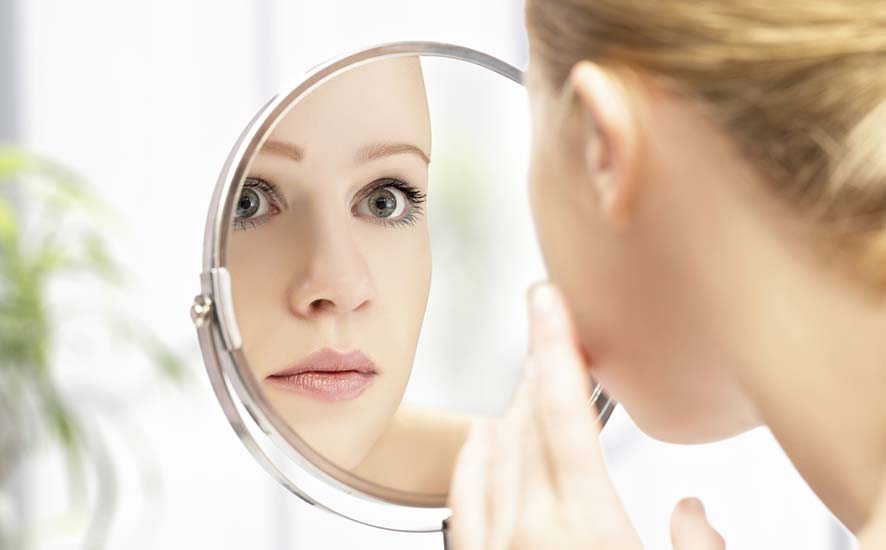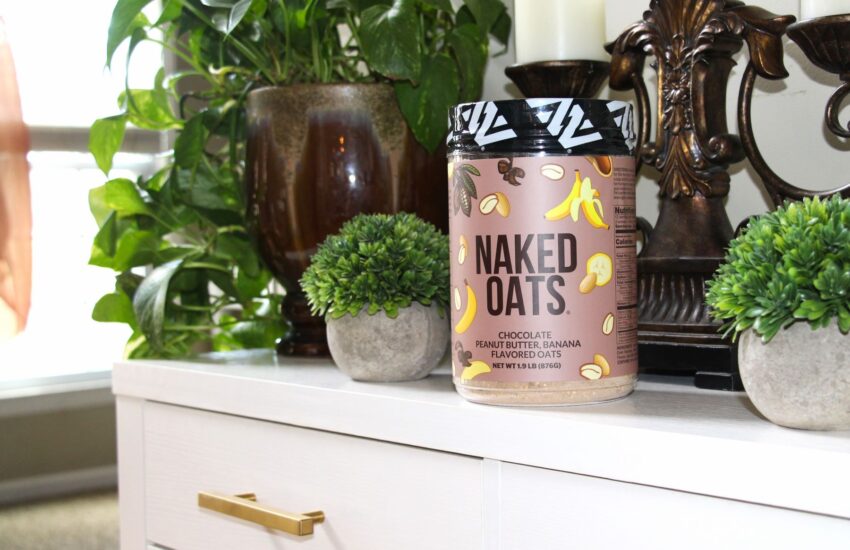5 Ways Age Affects Women’s Health
Have you heard the one about the knee? “I remember when I referred to my knees as left and right, not good and bad?” It’s funny, and yet stings, because it’s true—our bodies are constantly changing, and as we age, it’s not always for the better. Fortunately, there are preventative measures to a number of age-related ailments as well as tools and tricks to battle the side effects of aging. Women can have unique challenges, oftentimes tied to aesthetics and self-esteem along with functionality.

Here are a few of the top age-related complaints and what to do about it:
- It sounds a lot worse than it is. Sarcopenia is muscle loss or atrophy due to age. Our mid-30s is when we’re at the absolute peak of potential muscle mass, and we begin to lose muscle at an astonishing rate from there. That loss speeds up even more in our 60s. Both preventative and active approaches are the same: Prioritize building muscle strength (and perhaps size if you’re so inclined). Weight-bearing exercises where you max out at 8 – 12 reps in 3 – 4 sets is ideal.
- Hair thinning and loss. The vast majority of people, women included, experience thinning hair to various degrees with age. However, for women, it can be exceptionally bruising to the ego. There are a variety of hair loss treatments for women from topical minoxidil to laser combs, or hair transplants, styling tips and even 3D-printed hair! The earlier you start tackling hair thinning/loss, the better. It’s possible to encourage hair follicles to grow more hair per follicle, but once a follicle is “dead” (not producing any hair), you’ll need more advanced treatment options.
- Bones get brittle. Unfortunately, this is something you don’t realize until it’s too late. Our bones have a certain bone mineral density or BMD, which naturally becomes less dense as we age. Less dense bone mineral quantities mean a propensity for bones to break, crack or fracture. It’s why the elderly have so many more broken hips than the young. Weight-bearing exercises including free weights as well as simply walking downhill helps increase BMD. You may also want to talk to your doctor about adding a calcium supplement to your diet. Women are especially at risk of calcium deficiencies and decreased BMD.
- Your hormones go haywire. “The change” can come with a host of issues, and every woman is different. One side effect few people talk about is hair thinning on the head while it grows wild everywhere else. Finding the right hormone treatment or management regimen with your OBGYN is absolutely critical, but so is addressing the more aesthetic issues such as increasing hair thickness on the head and finding comfortable, effective ways of decreasing it on the lip, chin, or anywhere else you’d rather it not be.
- Yellow teeth. Have you ever noticed that older people have yellower teeth? In addition to more years of potentially smoking and drinking wine or coffee, our enamel thins as we age, and it’s actually our enamel that’s white-ish. Our dentin, below the enamel, is usually a more yellow hue, and starts to show through over time. Seeing your dentist regularly, whitening, and perhaps considering cosmetic options such as veneers can help restore that white smile.
Our bodies are incredible, ever-changing, and we need to keep up. Treatments that may have worked for us before might not be able to keep pace as we age, and that’s okay. It gives us a reason to seek out new options, try new things, and settle into a new-yet-still-temporary regimen in our latest decade.

